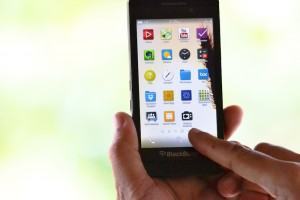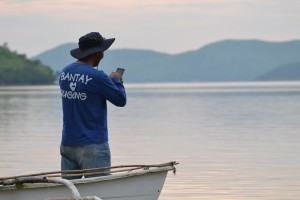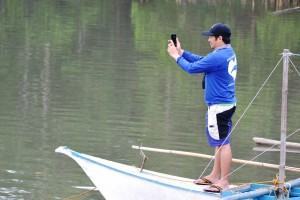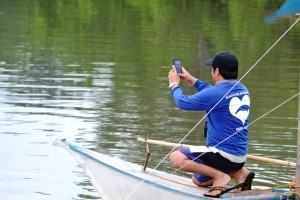Fishermen in the Philippines are taking part in a groundbreaking new ‘citizen science’ project to help save the endangered dugong population using the Internet of Things (IoT), smartphones and the cloud.
[easy-tweet tweet=”#IOT changing the world for the better: @KiiCorp is helping fishermen in the Philippines to track #dugongs”]
Known as ‘sea cows’, dugongs are vegetarian sea mammals found in the warm coastal waters from East Africa to Australia, including the Red Sea, Indian Ocean and Pacific. Related to manatees and similar in appearance, dugongs are now classified on the IUCN’s (World Conservation Union) Red List of Threatened Species as ‘vulnerable’. While legally protected, figures suggest the population has declined by 30% in the last six decades, due to entanglement in nets, illegal hunting and loss of habitat.
The project, run from the island of Busuanga by local NGO, Community Centred Conservation (C3), has historically relied on expensive helicopters to spot and record dugong sightings in an attempt to generate a database of their numbers and locations.

Kii is providing the cloud platform where fisherman can upload geo-located images of the sea mammals
Around 30 fishermen are taking part of the initial trial period using smartphones from local mobile provider, Cherry Mobile. Once out at sea, they photograph any dugongs they spot and then upload the data to a central database on the Kii platform, allowing for a more precise and comprehensive picture of the dugong population to be built up, which in turn enables more targeted conservation activities to be put into practice.
Each image indicates the exact location of each dugong via GPS, allowing C3 to map the sightings and get a specific information like timings of sightings, migration patterns and so on. The plan is to share the data with other conservationists worldwide, and also with the local Council of Development to help C3 lobby the local government.
[easy-tweet tweet=”This collaborative approach to environmental tracking is one of the first of its kind to use #IOT and #mobile”]
The fishermen, many of whom are unable to read or write, are being trained by the C3 project team on how to use the smartphones and provided with local charging facilities.
While early days, the project has already been well received by both conservationists and the local community. Chris Poonian at C3, a non profit organisation, says: “Traditionally, we have had to track these amazing sea creatures from the air, which is expensive and unreliable. Using mobile phones to monitor them is an innovative approach. This collaborative project is one of the first of its kind to employ this kind of technology. If successful, IoT and mobile technology could have important applications for surveys of rare species throughout the world.”
Simon Hodgkinson, founder of SEN, which provides a platform for conservationists and technologists to share ideas, network and develop innovative solutions, adds: “Technology can provide a level of assistance in conservation that we could only dream of a few years ago. The Internet of Things can be harnessed to massive benefit to the natural world and we are seeking challenges from other conservation groups, which could benefit in the same way. Technology and conservation have to unite to open a new era of environmental activism.”
The Internet of Things can be harnessed to massive benefit to the natural world
According to Masanari Arai, founder and CEO of Kii: “So often we’re used to seeing our technology delivering benefits for business, but now we’re involved in a truly rewarding conservation project that will deliver benefits for an endangered species.”






